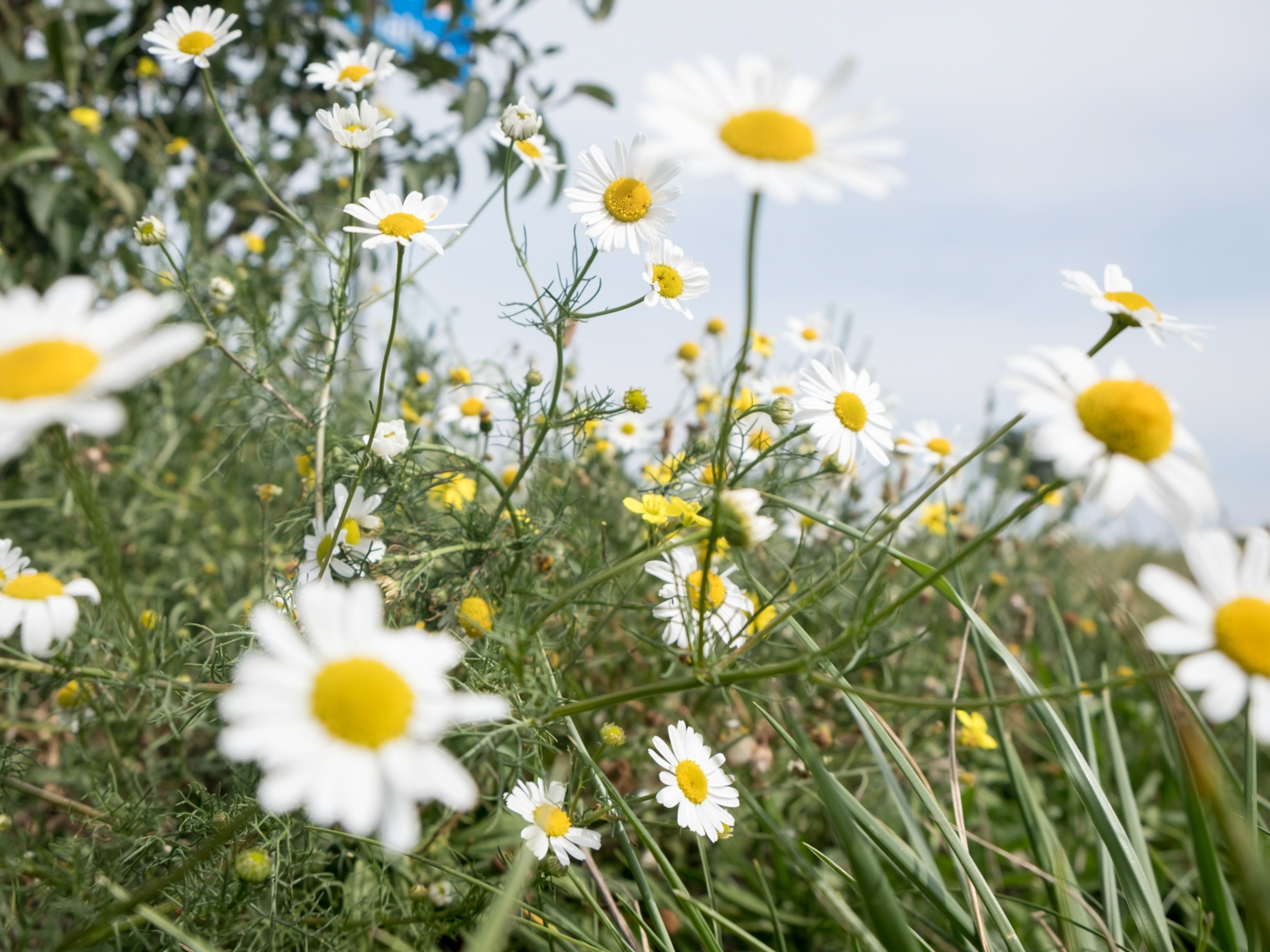
Abandoned Nuclear Testing Sites Reveal the ‘Palm Print of Man’
When the bombs dropped, the birds fell from the sky and lay squawking on the shaken ground until they died. Only the crows survived, their black-feathered bodies circling above as the dust settled on the trees, buildings, and beings below.

Nearly 25 years have passed since the Soviet Union’s nuclear testing site on Kazakhstan’s eastern border stopped detonating nuclear devices, yet the fallout remains. It reveals itself in devastatingly high numbers of local birth defects, cancers, and landscapes adorned with shuttered cities and crumbling buildings.

It is these cities, shrouded in secrecy and not shown on maps until Google Earth unveiled them, that drew photographer Nadav Kander to document the scarred landscapes of Kazakhstan, and, by doing so, to explore the darkness within the human condition.

“That idea of secrecy and people keeping things from other people really ignited me,” says Kander. “I just knew that I would find very interesting things in these areas that were still quite secret and difficult to get into. They seemed perfect for what I like to photograph, which is memories and the landscape, the human traces that can tell us more about ourselves than ourselves.”

In the resulting body of work, “Dust,” Kander uses spacious compositions and a subdued color palette to evoke a sense of stillness. The quiet scenes invite the viewer to linger and contemplate the implications of the hauntingly beautiful devastation before them. “My landscapes are never about the nature,” he says. Instead they’re about the “palm print of man, how we exist on our planet, how we deal with our surroundings.”

Through Kazakhstan’s radioactive ruins Kander confronts the central balancing acts of human nature. “You can’t live without dying; there’s no beauty without imperfections,” he says. “If you hide away from that all the time, it’s a perfect recipe [for] unhappiness.”

“Dust” was created in three separate locations in Kazakhstan: Kurchatov/the Polygon, Priozersk, and the Aral Sea. Kurchatov was the center of scientific operations for the Soviet Union’s nuclear program. The Polygon, about 12 miles away, was where hundreds of experimental bombs were exploded during the Cold War. The villagers and livestock that lived on the land surrounding the Polygon unknowingly became the subjects of scientists researching the impact of nuclear weapons. Priozersk, which remains a closed city, is currently the administrative center for testing antiballistic systems. The Aral Sea was the area from which long-distance missiles were fired and tracked by scientists in Priozersk.

These landscapes––and the stories they represent––may seem too wrecked and barren to harbor any remaining beauty, but it is precisely this uncomfortable tension between their beauty and their cynicism that drew Kander in.
“It was very odd being there, because it’s so quiet, especially the Polygon,” he says. The silence and solitude of his explorations were only interrupted by the Geiger counter ticking away on his belt, the flow of breath through his face mask, and the rustling of his white plastic suit, all meant to keep the radioactive dust at a distance. “You are reminded all the time of where you are,” he says. “These ruins that are in the Polygon are very much a signpost to our past; they are like memories, and that’s what I’m looking for. We almost see a child left out in the cold on their own. They feel quite vulnerable, and I think that is the romance of the ruin.”

Although Kazakhstan is accessible to anyone with a visa and Kurchatov is no longer a closed city, the authorities like to keep people away from the Polygon. “It’s really pretty dangerous if you don’t have the right equipment,” says Kander. On each of the two journeys he undertook in 2011 for this project, Kander was arrested. “It was really no fun because you just don’t know when it will end … They take you to a police station where you might spend six hours but not know if it will be two weeks,” he says. He was released within a day on each occasion, but the incidents stopped him from going back a third time.

One of Kander’s favorite images, “Graveyard Near Kurchatov,” was taken just outside of Kurchatov. The ground is covered in a fresh layer of snow, a graveyard stretches along the horizon, and smokestacks in the background release gray plumes of vapor into the air. Of the juxtaposition of life and death, beauty and fallibility, reflected in the image, Kander says, “It is the inevitable, the yin and the yang … the ‘reality of life.'”
Kander challenges himself to make photographs that embody his own questions about the world and the human condition. “I’m always asking myself if my questioning is being seen in the pictures,” he says. “But I don’t try and answer. That’s really my approach, to leave these pictures open. I’m just like you; I’m leaving the question open. A picture doesn’t hold the script—the narrative is all in the viewer.”
Nadav Kander’s project, “Dust,” will be on display for the first time in New York at Flowers Gallery from April 7 to May 7, 2016. Kander will be in conversation with Bill Hunt on Saturday, April 9, at the gallery. Dust is also available as a book, published by Hatje Cantz in 2014, with an introduction by author Will Self.
You May Also Like
Go Further
Animals
- Octopuses have a lot of secrets. Can you guess 8 of them?
- Animals
- Feature
Octopuses have a lot of secrets. Can you guess 8 of them? - This biologist and her rescue dog help protect bears in the AndesThis biologist and her rescue dog help protect bears in the Andes
- An octopus invited this writer into her tank—and her secret worldAn octopus invited this writer into her tank—and her secret world
- Peace-loving bonobos are more aggressive than we thoughtPeace-loving bonobos are more aggressive than we thought
Environment
- This ancient society tried to stop El Niño—with child sacrificeThis ancient society tried to stop El Niño—with child sacrifice
- U.S. plans to clean its drinking water. What does that mean?U.S. plans to clean its drinking water. What does that mean?
- Food systems: supporting the triangle of food security, Video Story
- Paid Content
Food systems: supporting the triangle of food security - Will we ever solve the mystery of the Mima mounds?Will we ever solve the mystery of the Mima mounds?
- Are synthetic diamonds really better for the planet?Are synthetic diamonds really better for the planet?
- This year's cherry blossom peak bloom was a warning signThis year's cherry blossom peak bloom was a warning sign
History & Culture
- Strange clues in a Maya temple reveal a fiery political dramaStrange clues in a Maya temple reveal a fiery political drama
- How technology is revealing secrets in these ancient scrollsHow technology is revealing secrets in these ancient scrolls
- Pilgrimages aren’t just spiritual anymore. They’re a workout.Pilgrimages aren’t just spiritual anymore. They’re a workout.
- This ancient society tried to stop El Niño—with child sacrificeThis ancient society tried to stop El Niño—with child sacrifice
- This ancient cure was just revived in a lab. Does it work?This ancient cure was just revived in a lab. Does it work?
- See how ancient Indigenous artists left their markSee how ancient Indigenous artists left their mark
Science
- Jupiter’s volcanic moon Io has been erupting for billions of yearsJupiter’s volcanic moon Io has been erupting for billions of years
- This 80-foot-long sea monster was the killer whale of its timeThis 80-foot-long sea monster was the killer whale of its time
- Every 80 years, this star appears in the sky—and it’s almost timeEvery 80 years, this star appears in the sky—and it’s almost time
- How do you create your own ‘Blue Zone’? Here are 6 tipsHow do you create your own ‘Blue Zone’? Here are 6 tips
- Why outdoor adventure is important for women as they ageWhy outdoor adventure is important for women as they age
Travel
- This town is the Alps' first European Capital of CultureThis town is the Alps' first European Capital of Culture
- This royal city lies in the shadow of Kuala LumpurThis royal city lies in the shadow of Kuala Lumpur
- This author tells the story of crypto-trading Mongolian nomadsThis author tells the story of crypto-trading Mongolian nomads
- Slow-roasted meats and fluffy dumplings in the Czech capitalSlow-roasted meats and fluffy dumplings in the Czech capital







